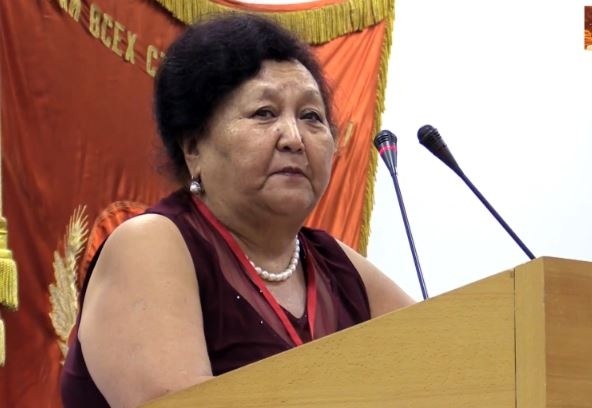VZGLYAD / The Russian throne is not a funny mummy mimino :: Author Dmitry Olshansky
Monarchy in the modern world is a great idea.
Remarkable not quite in the sense of autocracy – behind this, alas, in the first century, only in Saudi Arabia, Swaziland and Cor Tupou the Fourth (this was also recently, yes), but – as a national model.
It’s good when a country has its living symbols: people specially trained from birth. and – civil, if you like, sacredness, tradition and connection of times.
Moreover, the current monarchy also helps democracy. After all, if the same sacred power and continuity of national culture is concentrated in those who rule nothing and peacefully accept parades, visit orphanages and reward heroes, then real bosses turn into easily replaceable prime ministers responsible for taxes, and not dictators and quasi-sages at all. they are made when there is no real king and the whole role of the fathers of the nation falls on them.
It is essential, however, that the monarchy is, I repeat, a national model. Image.
This king-king, who rules nothing, should look and behave in such a way that even the most unpleasant republics and communists would be a little ashamed to pounce on swearing.
And in this sense, our unfortunate people, who were so terribly unlucky in 1917, made another historical mockery when the Kirillovichi were offered to them as a method of monarchical restoration.
Significantly ambiguous.
The fact is that they catastrophically failed to create the very image of the Russian throne.
Instead, they created an image of mummers, similar to the Cossack chieftains from the post-Soviet 1990s – kitsch, farce and subject of general ridicule, tragically compromising the monarchist idea.
The fatal moment in their family history is, I think, the extremely unfortunate grandfather Vladimir (by the way, the last one who still had or could have had the correct image). He, if he thought about the restoration of the dynasty, and not only about his feelings, it would be worth looking for a bride in the noble houses of Northern Europe. But he made a different decision – and its consequence was that now the “house of the Romanovs” is more suitable for the restoration of the monarchy in the lands of Bidzina Ivanishvili, and not at all in Russia, where opposite ideas about ideals and models are popular.
This circus is painful to watch.
And, nevertheless, I propose to remember that the Russian throne is not that funny mummy mimino that we have the misfortune to see, and that in the world, in fact, there are worthy and beautiful people who are able to revive the best of forms of symbolic power.
A source: Dmitry Olshansky’s blog




